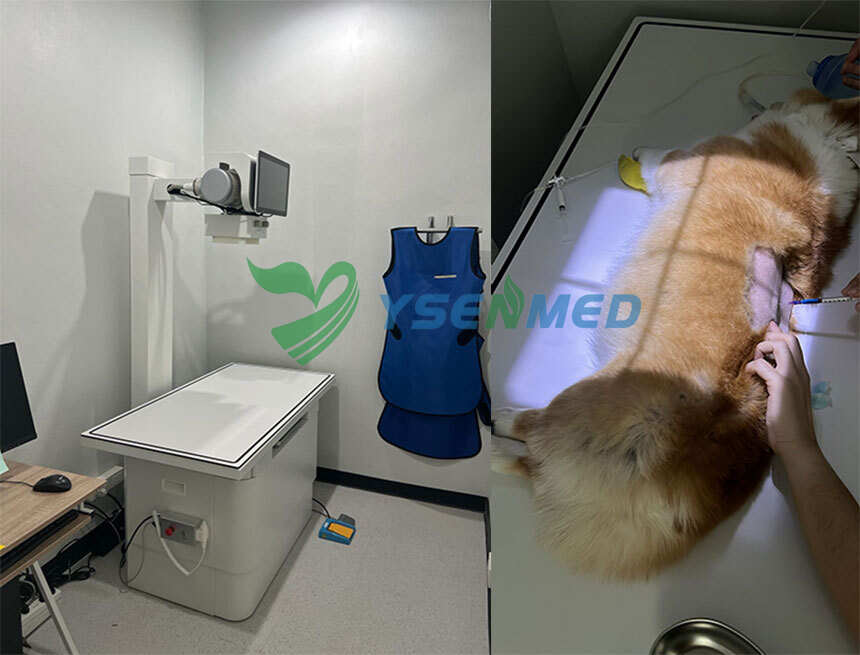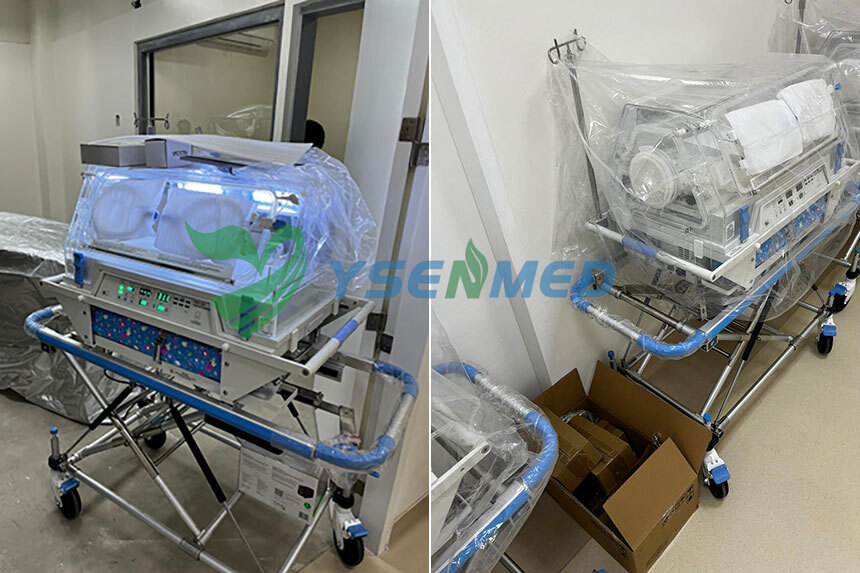Title: Understanding the Role of Blood Gas and Chemistry Analyzer in Critical Care
Introduction:
Establish the critical importance of monitoring blood gas and chemistry levels in critical care.
Introduce the focus of the article: providing an in-depth understanding of the role of
blood gas and chemistry analyzers in managing patients in critical care settings.
Highlight the impact of timely and accurate blood gas analysis on patient outcomes.
Section 1: Significance of Blood Gas and Chemistry Analysis in Critical Care:
Discuss the crucial role of blood gas and chemistry analysis in critical care.
Explore how monitoring parameters such as pH, oxygen, carbon dioxide, electrolytes, and metabolites contributes to the assessment and management of critically ill patients.
Section 2: Evolution of Blood Gas and Chemistry Analyzers:
Provide a historical overview of blood gas and chemistry analyzers.
Discuss advancements in technology that have led to the development of more sophisticated and accurate analyzers used in critical care.
Section 3: Introduction to Blood Gas and Chemistry Analyzers:
Define blood gas and chemistry analyzers and their importance in critical care settings.
Discuss the basic principles of operation and the parameters they measure.
Section 4: Key Components and Features of Analyzers:
Explore the essential components and features of modern blood gas and chemistry analyzers.
Discuss factors such as automation, accuracy, ease of use, and integration with other monitoring systems.
Section 5: Parameters Measured by Blood Gas and Chemistry Analyzers:
Discuss in detail the various parameters measured by blood gas and chemistry analyzers.
Explore the significance of pH, partial pressure of oxygen (pO2), partial pressure of carbon dioxide (pCO2), electrolytes, lactate, and other critical markers in assessing patient health.
Section 6: Advantages of Continuous Monitoring:
Discuss the advantages of continuous blood gas and chemistry monitoring in critical care.
Explore how real-time data contributes to prompt interventions and improved patient management.
Section 7: Applications in Various Critical Care Settings:
Explore the diverse applications of blood gas and chemistry analyzers in critical care.
Discuss their use in intensive care units (ICUs), emergency departments, operating rooms, and other critical care settings.
Section 8: Point-of-Care Testing vs. Centralized Lab Testing:
Discuss the differences between point-of-care testing and centralized lab testing for blood gas and chemistry analysis.
Explore the advantages and limitations of each approach in critical care scenarios.
Section 9: Technological Advances in Analyzers:
Explore technological advances in blood gas and chemistry analyzers.
Discuss features such as rapid analysis, connectivity with electronic health records, and integration with other monitoring devices.
Section 10: Integration with Electronic Health Records (EHR):
Discuss the seamless integration of blood gas and chemistry analyzers with electronic health records.
Explore how this connectivity enhances data accessibility and continuity of patient information across healthcare systems.
Section 11: Impact on Patient Management and Outcomes:
Discuss how the use of blood gas and chemistry analyzers impacts patient management and outcomes in critical care.
Explore case studies and examples demonstrating the positive effects of timely and accurate analysis.
Section 12: Training and Education on Analyzer Usage:
Emphasize the importance of training programs on blood gas and chemistry analyzer usage for healthcare professionals.
Discuss how education and ongoing training ensure optimal usage and adherence to best practices in critical care.
Section 13: Economic Considerations for Healthcare Facilities:
Explore the economic considerations for healthcare facilities adopting blood gas and chemistry analyzers.
Discuss how these analyzers contribute to cost-effectiveness, resource optimization, and improved operational efficiency.
Section 14: Impact on Infection Control Practices:
Discuss the impact of blood gas and chemistry analyzers on infection control practices in critical care settings.
Explore how advancements in technology contribute to reducing the risk of infections and improving overall patient safety.
Section 15: Case Studies Demonstrating Improved Patient Care:
Provide real-world case studies illustrating instances where blood gas and chemistry analyzers have significantly improved patient care in critical care settings.
Section 16: Collaboration with Critical Care Experts:
Explore the collaborative efforts between healthcare professionals and critical care experts in the development and use of blood gas and chemistry analyzers.
Discuss how expertise from different fields contributes to effective patient care.
Section 17: Global Perspectives on Analyzer Adoption:
Explore variations in the adoption of blood gas and chemistry analyzers across different regions and countries.
Discuss cultural, economic, and regulatory factors influencing the implementation of these technologies globally.
Section 18: Public Awareness Initiatives on Critical Care Technologies:
Emphasize the importance of public awareness initiatives regarding advancements in critical care technologies.
Discuss educational programs and outreach efforts to inform the public about the role of blood gas and chemistry analyzers in ensuring quality healthcare.
Section 19: Continuous Improvement in Critical Care Technologies:
Discuss the commitment to continuous improvement in critical care technologies, including blood gas and chemistry analyzers.
Explore how feedback, research, and innovation contribute to enhancing the overall effectiveness of patient care in critical settings.
Section 20: Ethical Considerations in Critical Care Monitoring:
Discuss the ethical considerations surrounding the use of blood gas and chemistry analyzers in critical care.
Explore topics such as patient privacy, informed consent, and the ethical use of technology in critical care scenarios.
Section 21: Future Trends in Critical Care Monitoring:
Explore emerging trends and future developments in critical care monitoring technologies.
Discuss innovations such as artificial intelligence applications, remote monitoring, and further improvements in integration with patient management systems.
Section 22: Conclusion: Transforming Critical Care Through Advanced Monitoring:
Summarize the key points discussed in the article.
Conclude with a forward-looking perspective on the continued evolution of critical care technologies, with analyzers playing a central role in shaping the future of healthcare.




